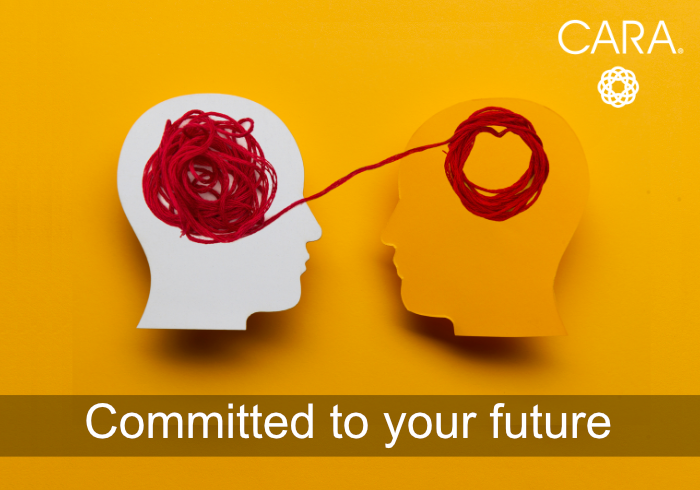
Take a moment and count all the small (and large) changes that have occurred in your lifetime, in the last day, even the last hour. Have you lost count? Personally,…

Take a moment and count all the small (and large) changes that have occurred in your lifetime, in the last day, even the last hour. Have you lost count? Personally,…
